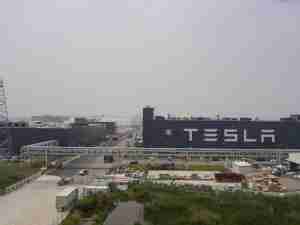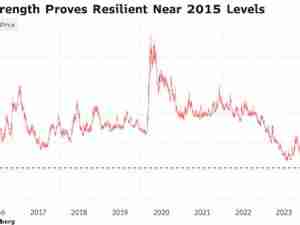Economists are downgrading their forecasts for economic growth in China again, to below a level seen as necessary for the Communist Party to meet its own goals in time for its centenary in 2021.
Oxford Economics, Bank of America Merrill Lynch, and Bloomberg Economics on Tuesday all cut their forecasts for gross domestic product growth in 2020 to below 6% as a result of increasing risks from the tariff war with the U.S. In addition, Bank of America’s Helen Qiao and others are warning that the government’s current approach to stimulus is proving insufficient.
China is refraining from cutting benchmark policy rates or pumping large volumes of cash into the economy even as growth slows to the weakest in almost three decades and the tariff escalation in August adds further headwinds. That’s endangering President Xi Jinping’s ability to claim China has reached a “moderately prosperous society” that has doubled 2010 GDP by next year, as a rate above 6% in 2019 and 2010 would be needed.
Demand for credit has been weak, and while the policy easing since late last year has helped moderate the slowdown, the impact has been small, according to a report by Louis Kuijs, chief Asia economist at Oxford Economics in Hong Kong. With all the issues facing China, “more policy easing is needed to convincingly stabilize economic growth,” Kuijs said.
China’s economic growth will likely slow to 5.7% in the last quarter of 2019 and remain broadly at that pace in 2020, Kuijs said. Output growth softened to 6.2% in the second quarter from a year earlier, close to the lower bound of the government’s full-year target of between 6% and 6.5%. Earliest indicators compiled by Bloomberg showed the economy slowed further in August.








